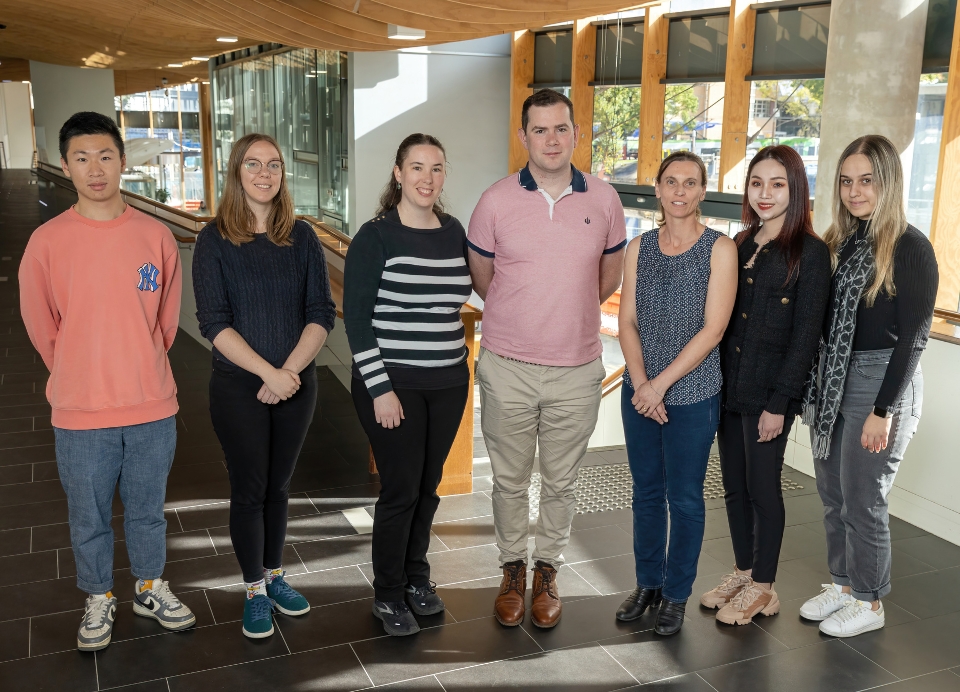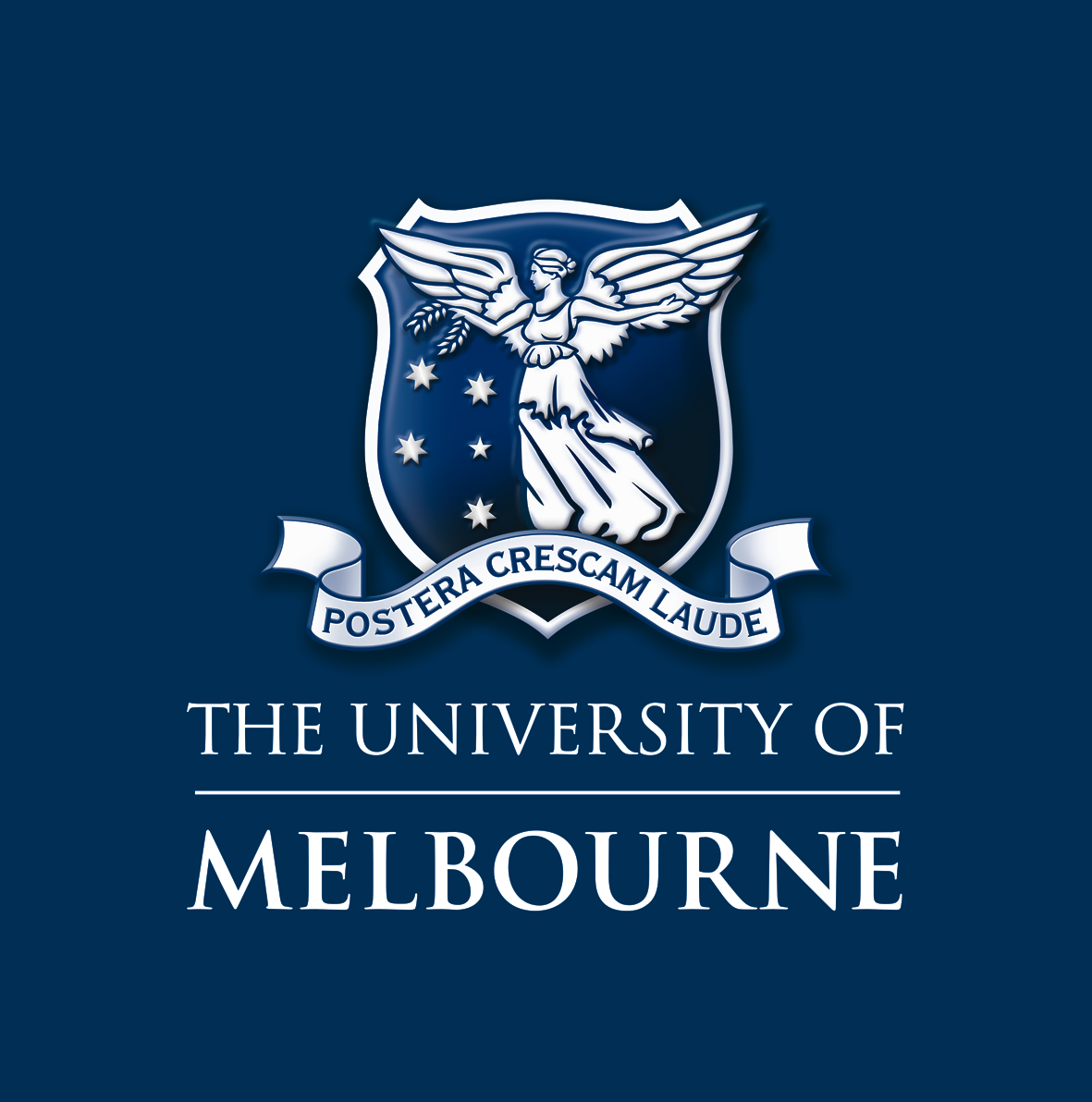Project: Another way to die: Understanding the contribution of inflammatory cell death to T cell mediated immunity
Corbett Group
Apoptosis has long been regarded as the main mechanism of programmed cell death by which damaged or unwanted cells are cleared from our body. However, over recent years it has been increasingly clear that distinct cell death processes occur across a spectrum of inflammation. These include the immunological silent process of apoptosis, as well as more inflammatory and lytic cell death pathways, which include necroptosis and pyroptosis.
This project examines the basic mechanisms by which different T cell subsets, such as MAIT cells, undergo necroptotic and pyroptotic cell death, including uncovering the triggers that activate these pathways. We will employ a range of techniques including mouse handling and dissection, flow cytometry, western immunoblot, ELISA and tissue culture.
By better understanding the processes that activate and regulate inflammatory cell death in T cells, this project aims to inform the understanding of immunopathogenesis of inflammatory diseases and infectious diseases.
Contact project supervisor for further
information and application enquiries
Corbett Group
1 vacancies


The Corbett group is part of the MAIT cell programme headed by Prof. Jim McCluskey, which also includes the group of Dr Sidonia Eckle and Dr Zhenjun Chen.
Mucosal-associated invariant T cells (MAIT cells) are a recently described set of unconventional T cells restricted by the MHC-I related protein 1 (MR1). MAIT cells are found in most mammals, including humans and mice, and are the most conserved set of T cells across different species. The protective and/or pathological role of MAIT cells in infections and other conditions, such as cancer, is still emerging. In light of their high frequency in humans, their functional potency and MR1 being monomorphic, MAIT cells are considered to be promising therapeutic and vaccination targets.
We are international leaders in MAIT cell research, having made significant breakthrough discoveries in MAIT cell immunity. These include identifying the antigens recognised by MAIT cells (Kjer-Nielsen et al. Nature 2012, Corbett, Eckle, Birkinshaw, Liu et al. Nature 2014, 2 patents) and the associated development of tetramers to characterise MAIT cells (Patented) (Reantragoon, Corbett et al. JEM 2013) as well as the establishment of several mouse models of disease in order to understand the role MAIT cells play in protective and aberrant immunity (Chen et al. Mucosal Immunol 2017, Wang et al. Nature Comms 2018, Wang et al. Science Immunol 2020, Zhao et al. Nature Comms In Press).
We have weekly MAIT cell programme data meetings, and our groups collaborate closely on several projects. We also share lab and management resources as well as lab and office space. Students may also be interested in other projects in the MAIT cell programme (Chen group, Eckle group).
The Corbett group is interested in understanding the production of vitamin-based antigens which are recognised by MAIT cells, as well as the signals that drive MAIT cell functions in various infection and disease settings with the long-term goal of manipulating MAIT cells for clinical benefit (vaccination or immune therapy).
We currently have two student projects on offer. However, interested PhD candidates are welcome to contact us at any time to discuss additional projects.
Corbett Group Current Projects
-
Another way to die: Understanding the contribution of inflammatory cell death to T cell mediated immunity
PhD/MPhil, Master of Biomedical Science
-
How do antigens form?: Understanding the genesis of the MAIT antigen, 5-OP-RU
PhD/MPhil, Master of Biomedical Science
-
Harnessing MAIT cells for immune therapy in mouse models of cancer
PhD/MPhil, Master of Biomedical Science
-
Optimising MAIT cell directed therapeutics
Master of Biomedical Science
-
Understanding the role of MAIT cells in immune responses to glioblastoma
PhD/MPhil, Master of Biomedical Science



